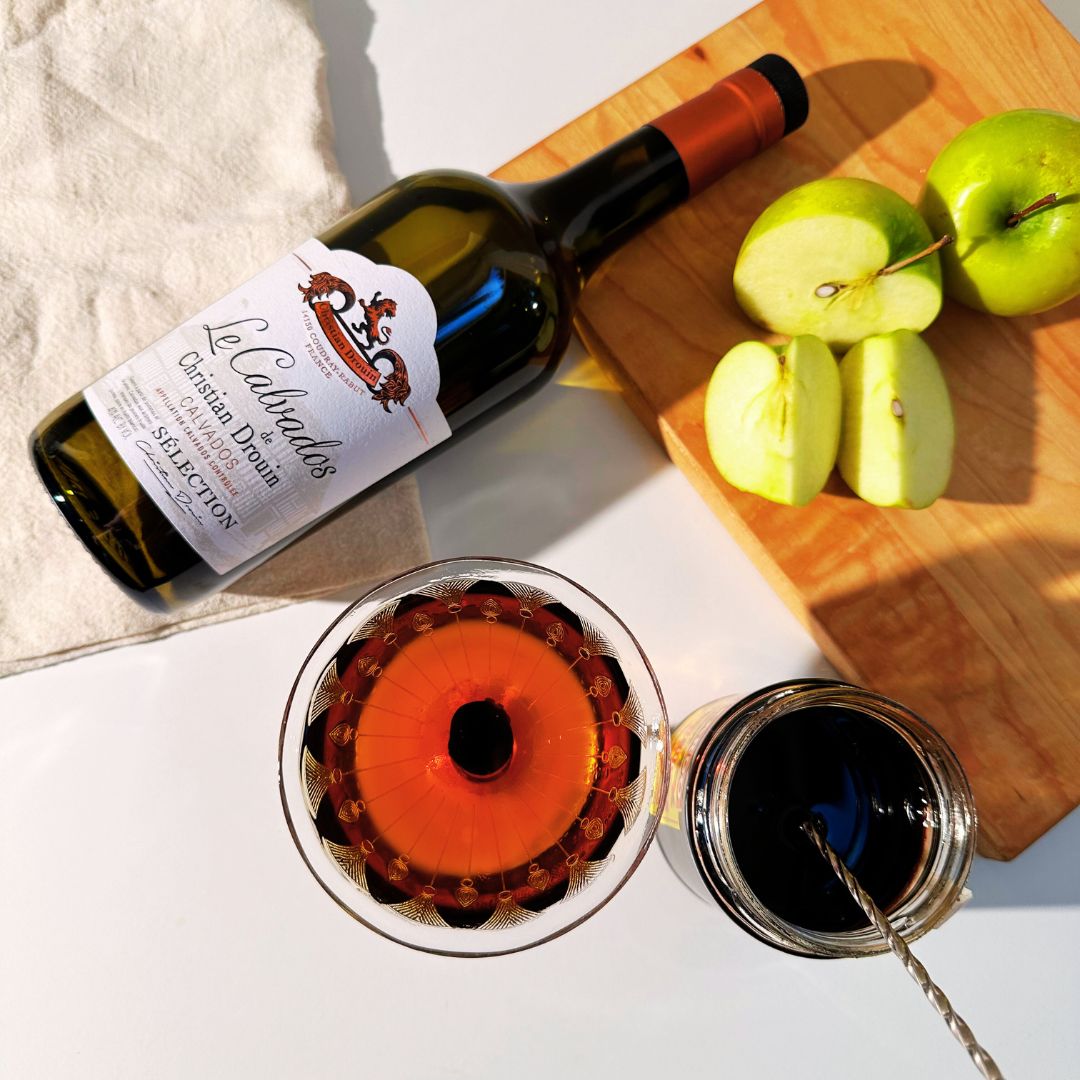Fruit Garnishes
What is Fruit Garnishes?
Fruit garnishes are a vibrant category of Garnishes that add both visual appeal and complementary flavors to cocktails and spirits. These natural additions range from simple citrus wheels and cherry toppers to elaborate fruit sculptures and seasonal berry clusters. What defines fruit garnishes is their dual purpose: they provide aromatic oils, subtle flavor enhancement, and striking color contrast while serving as the finishing element that transforms a drink from ordinary to Instagram-worthy.
Learn More About Fruit Garnishes
What makes Fruit Garnishes unique?
Fruit garnishes bring natural sweetness, vibrant acidity, and aromatic oils that can actually transform a drink's flavor profile rather than simply decorating it. Unlike herb garnishes that add earthiness or citrus peels that contribute bitter oils, fruits like berries, apple slices, or pineapple wedges release sugars and fruit acids that mingle with your cocktail as you sip. They also provide textural contrast and visual appeal through their varied shapes, colors, and sizes, making each drink feel more substantial and engaging than those topped with standard vegetable or herb garnishes.
How is Fruit Garnishes made?
Fruit garnishes start with selecting ripe, unblemished fruit that's been thoroughly washed and dried. The preparation method depends on the specific garnish—citrus wheels and wedges are cut with a sharp knife at consistent thicknesses, while citrus twists require peeling the outer skin in long strips and expressing the oils over the drink. Fresh berries need only a gentle rinse and can be skewered or floated directly, while tropical fruits like pineapple require coring and cutting into spears or chunks that complement the cocktail's flavor profile.
How do you drink Fruit Garnishes?
Fruit garnishes aren't actually consumed as a drink themselves – they're the colorful finishing elements that make your cocktails pop visually and add aromatic complexity. These edible decorations typically appear in tropical cocktails like mai tais and piña coladas, citrus-forward drinks such as whiskey sours and margaritas, and elegant classics like old fashioneds with their signature orange peel. The best part about fruit garnishes is that they're meant to be eaten along with your drink or after you finish it, giving you that final burst of fresh flavor that ties the whole cocktail experience together.
How do I choose a good Fruit Garnish?
The best fruit garnish complements your cocktail's flavor profile rather than fighting against it—citrus wheels work beautifully with gin and vodka drinks, while stone fruits like peaches or cherries pair wonderfully with whiskey-based cocktails. Fresh, firm fruit with vibrant color will always look more appealing than soft or bruised pieces, so give your garnish options a gentle squeeze before making your selection. Consider the drink's existing ingredients too: if your cocktail already contains lime juice, a lime wheel makes perfect sense, but adding orange might muddy the flavor story you're trying to tell.
Nutritional Information
Typical Calorie Range per Ounce: 8-15 calories
Typical Carbohydrate Range per Ounce: 2-4 grams
Typical Sugar Range per Ounce: 1.5-3.5 grams
Typically Gluten Free: Yes
Fresh fruit garnishes like citrus wheels, maraschino cherries, and berry additions generally contain minimal calories while adding natural sweetness and visual appeal to your cocktails. The calorie and sugar content varies depending on the specific fruit - citrus peels and lime wheels fall on the lower end, while cherries and tropical fruits tend toward the higher range.
Please check detailed product information to confirm gluten-free status, especially for processed garnishes like candied fruits or cocktail cherries that may contain additives or be processed in facilities that handle gluten-containing products.
Scrolled this far? Your reward? Fruit Garnishes Trivia!
- The twist you give a citrus peel actually changes the cocktail's flavor profile – twisting clockwise releases different essential oil compounds than twisting counterclockwise. Bartenders at high-end establishments often practice specific twisting techniques to achieve consistent aromatics, with some swearing that a "three-quarter twist" provides the perfect oil distribution without over-expressing bitter compounds from the pith.
- Maraschino cherries weren't always that neon red color – the original Croatian marasca cherries used in the 1800s were naturally pale and had a complex, slightly bitter flavor. The bright red versions we know today were created during Prohibition when American companies needed shelf-stable alternatives. The artificial coloring was actually added to make them more visually appealing since the natural preservation process left them looking rather unappetizing.
- Flaming orange peels work because of limonene, the same compound found in pine needles and rosemary. When you express an orange peel over a flame, you're creating a brief fireworks show of combusting essential oils that adds both visual drama and a subtle smoky note to your drink. The technique was popularized in 1930s Hollywood bars where showmanship was part of the entertainment.
- Apple slices turn brown in cocktails not just from oxidation, but because alcohol accelerates the enzymatic browning process. Professional bartenders often brush apple garnishes with citrus juice or submerge them briefly in carbonated water to slow this reaction. Some bars even use specific apple varieties like Honeycrisp or Gala because their lower enzyme levels keep them looking fresh longer in drinks.
- The practice of salting citrus wheels comes from 19th-century sailors who discovered that salt-cured lime wheels lasted months at sea without spoiling. This technique eventually made its way into bars, where bartenders found that lightly salted citrus not only preserved better but also enhanced the perception of sweetness in cocktails – the same principle behind salted caramel, just applied to your margarita rim.
Higher-proof spirits can be intense. Mix carefully, taste thoughtfully, and enjoy responsibly.
Gift message (optional)



